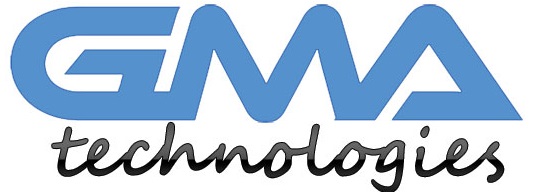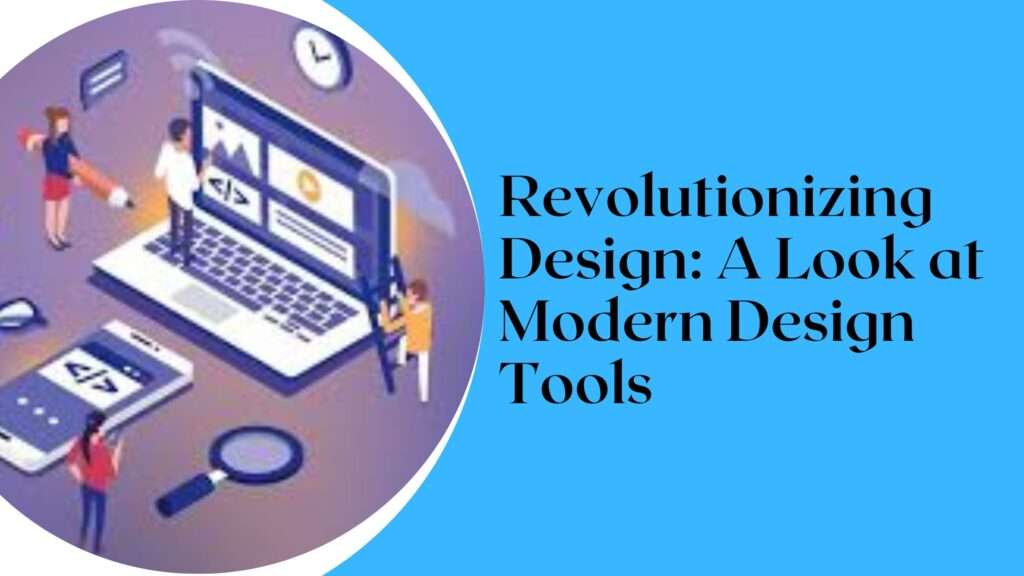Design has come a long way since the days of pen and paper. With modern technology, designers have access to a whole new set of tools that allow them to create stunning visuals in ways never before possible. From 3D modeling software to virtual reality design platforms, these revolutionary design tools are changing the game for creatives across all industries. In this blog post, we’ll take a closer look at some of the most innovative and exciting modern design tools on the market today – and explore how they’re transforming the way we think about design. Get ready to be inspired!
Introduction to Modern Design Tools
Over the past few years, there has been a revolution in the world of design tools. Thanks to advances in technology, there are now a variety of modern design tools available to help designers create beautiful, user-friendly designs. In this article, we’ll take a look at some of the most popular modern design tools and how they can be used to create amazing designs.
How Google Got Design Right
Google has long been known for its simple, clean interface. In recent years, the company has made a concerted effort to improve the look and feel of its products. As a result, Google is now widely considered to be one of the leaders in design.
One area where Google has really excelled is in the area of material design. Material design is a set of guidelines that were developed by Google to help create a more unified user experience across its various products. The guidelines are based on principles of good design, such as using light and shadow to create depth, using consistent spacing, and using typography that is easy to read.
Google has also made great strides in the area of responsive design. Responsive design is a approach to web design that aims to make websites look good on all devices, regardless of their size or resolution. Google was one of the first companies to adopt this approach, and it has paid off handsomely. Today, many of the most popular websites in the world are designed responsively, including Google’s own website.
In addition to material design and responsive design, Google has also invested heavily in creating its own fonts. Previously, Google had used standard fonts that were provided by operating systems. However, these fonts often didn’t look great on high-resolution screens. To solve this problem, Google created its own family of fonts called “Roboto.” Roboto is designed specifically for use on high-resolution screens and looks great on all devices.
Making the User King: The Benefits of User Experience (UX) Design
User experience (UX) design is all about making the user king. By creating a system that is easy to use and navigate, you can make life much easier for your users. In turn, they will be more likely to use your system and recommend it to others.
There are many benefits of UX design, but some of the most important ones include:
- Improved usability: A well-designed UX can make using your system much easier and more enjoyable for users. This can lead to increased satisfaction and loyalty from users.
-
Increased conversion rates: If users find your system easy to use, they are more likely to complete the desired task or goals. This could lead to increased sales, sign-ups, etc.
-
Reduced support costs: When users have a good experience with your system, they will be less likely to need support. This can save you money in the long run by reducing support costs.
-
Improved brand image: A positive UX can improve how users perceive your brand. This could lead to more customers and improved business results overall.
Rules of UX: What Every Designer Should Know
In order to create a successful user experience, there are some basic rules that every designer should follow. By understanding and following these simple rules, designers can create products that are not only functional, but also enjoyable and easy to use.
- Know your audience: It is important to understand who will be using your product and what their needs are. This will help you determine what features to include and how to design the interface.
-
Keep it simple: A complex interface will only frustrate users and cause them to give up on your product. Keep the design simple and clean, with only the essential features included.
-
Be consistent: Users should be able to easily navigate your product without getting lost or confused. Use consistent layout, labeling, and styling throughout the design to maintain a cohesive experience.
-
Give feedback: Provide users with feedback so they know what actions they are taking and the results of their efforts. This can be in the form of visual cues, error messages, or confirmation messages.
-
Test early and often: Always test your design with real users before launching the final product. This will help you catch any usability issues and make necessary changes before it’s too late.
Popular Modern Design Tools and Their Features
There are a variety of popular modern design tools available to designers, each with its own unique features and capabilities. Some of the most popular design tools include Adobe Photoshop, Sketch, and Figma.
Adobe Photoshop is a widely used design tool that allows for the creation of digital artwork and graphics. It has a wide range of features and tools that allow designers to create complex designs.
Sketch is a vector drawing and animation software that is popular among UX and web designers. It offers a wide range of features for designing user interfaces, websites, and mobile apps.
Figma is a vector graphic design tool that is gaining popularity among UI/UX designers. It offers an online collaboration platform that allows multiple users to work on the same project simultaneously.
How to Use Modern Design Tools To Create Beautiful Designs
There are a number of different ways that you can use these design tools to create beautiful designs. Here are just a few ideas:
- Use them to create mockups of your design ideas. This way, you can get a feel for how your finished product will look without having to actually create it.
-
Use them to experiment with different color schemes and layouts. This is a great way to find the perfect look for your project.
-
Use them to create detailed illustrations and graphics. These tools make it easy to add professional-looking details to your designs.
-
Use them to create prototypes of your designs. This can be a great way to test out your ideas before committing to a final product.
-
Use them to create marketing materials for your business or organization. These tools can help you create professional-looking flyers, posters, and more.
Tips for Creating Engaging Experiences For Your Users
Creating engaging experiences for your users doesn’t have to be difficult. There are a few simple things you can do to make sure your design is engaging and user-friendly.
- Keep it simple. Too much clutter will only serve to confuse and frustrate users. Keep your design clean and easy to navigate.
-
Use color and imagery wisely. Too much color can be overwhelming, but judicious use of color can help guide users through your design. Likewise, use images sparingly and only when they add value to the user experience.
-
Be consistent. Inconsistent designs are confusing and make it difficult for users to know what to expect. Make sure your design elements are consistent throughout your site or app.
-
Provide feedback. Users should always know what’s happening in your design, so provide them with feedback on their actions. For example, use visual cues to let them know when they’ve successfully completed an action.
-
Test, test, test! Always test your design with real users before launch. This will help you identify any areas that need improvement before going live
Conclusion
Modern design tools have revolutionized the way designers work and create, providing them with unprecedented levels of accuracy, speed, and creativity. This has led to a new age of design where complex shapes are easy to make and intricate details can be realized with ease. With these powerful new tools at their fingertips, modern designers are able to explore creative possibilities that were previously unimaginable. We hope this article has provided you with an understanding of how modern design tools work and why they’re essential for any designer looking to stay ahead of the curve.

